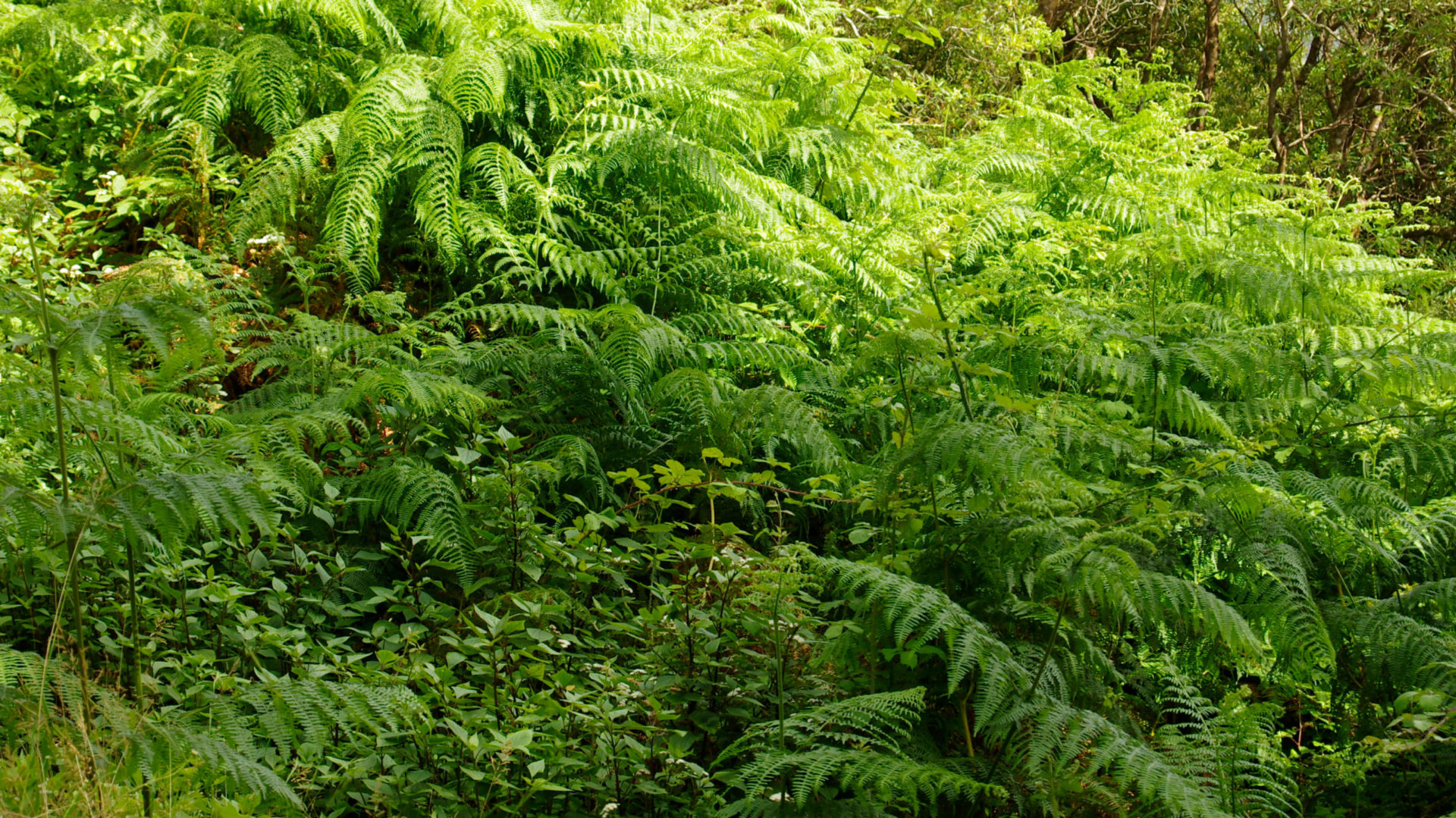Tsafack N, Xie Y, Wang X & Fattorini S.
Influence of climate and local habitat characteristics on carabid beetle abundance and diversity in Northern Chinese steppes. Insects 11, 19. 2020. https://doi.org/10.3390/insects11010019 IF=2.77
Abstract
Carabids are an important insect group in grassland ecosystems and are involved in numerous ecosystem services. Steppes are the most widespread ecosystems in China, but they are under increasing degradation. Despite their importance, little is known about the relationships between environmental variables and carabid community structure in Chinese steppes. We studied the effects of fine-scale factors (soil and vegetation) and coarse-scale factors (climate) on carabid community parameters (abundance, richness, diversity, dominance, and evenness) in three types of steppes (desert, typical, and meadow steppes) in northern China. Carabid communities responded to environmental factors in different ways according to the type of steppe. Climate factors were the most important drivers of community structure, whereas the effects of soil and vegetation were less important. Desert steppe showed the lowest carabid abundance, richness, diversity, and evenness, and the highest dominance. This community is relatively simple and strongly dominated by a few species adapted to the severe conditions of this environment. Typical and meadow steppes showed carabid communities with a more complex structure. As expected on the basis of environmental severity, the most severe ecosystem (i.e., the desert) was only influenced by climatic factors, whereas a certain influence of biotic factors emerged in the other ecosystems.
